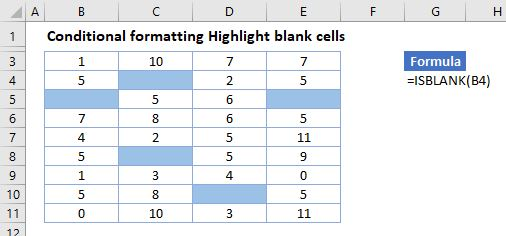

Perhaps, you already know how tough it is to customize your table design.

Meet Ninja Tables, the best WP table plugin that comes with all the solutions to the problems you face while creating tables on your posts/pages. Looking for a WordPress table plugin for your website? Then you’re in the right place. Gradient rules define a range of colors that correspond to a range of values.Details Features | Youtube Video Tutorials | Demo | User Guide Although the CellFormat type can express other formatting-including underlining, alignment, or borders-attempting to use these in a conditional formatting rule results in a 400 invalid request error. Only use the formatting features listed above. Whether or not the text in the cell is bold, italic, or strikethrough.To define the formatting applied by a boolean rule, you use a subset of the CellFormat type to define: These are always evaluated with respect to the target cell.Ĭustom formula is a special condition type that lets you apply formatting according to an arbitrary expression, which also allows evaluation of any cell, not just the target cell. The condition can use one of the built-in condition types, or it can use a custom formula for more complex evaluations.īuilt-in rules let you apply formatting according to numeric thresholds, text comparison, or whether a cell is populated. Boolean rulesīoolean rules define whether or not to apply a specific format, based on a condition that evaluates to True or False. The conditions that are evaluated, as well as the formats that you can apply, are different for each of these types of rule, as detailed in the following sections. Gradient rules calculate the background color of a cell, based on the value of the cell.Boolean rules apply a format only if specific criteria are met.Type of rule - There are two categories of rules: Target range - This can be a single cell, a range of cells, or multiple ranges.

The Sheets API lets you add, update, and delete these formatting rules.Įach Rule specifies a target range, type of rule, conditions for triggering the rule, and formatting to apply. Each spreadsheet stores a list of these rules, and applies them in the same order as they appear in the list.
#Tableedit app conditional formatting code
(For the source code that creates this conditional formatting, see the Example below.) Conditional formatting rulesĬonditional formatting is expressed using formatting rules. Two of the rows have a value for age that matches the median age these cells receive no special formatting. Rows whose age is above the median have red text, and those below the median have a red background. In this example, cells in each row are formatted according to how the value in their age field compares to the median value of all the ages. For example, you could format a range of cells based on their value compared to the median value of the range: You can even format cells based on their value with respect to that of other cells.


 0 kommentar(er)
0 kommentar(er)
